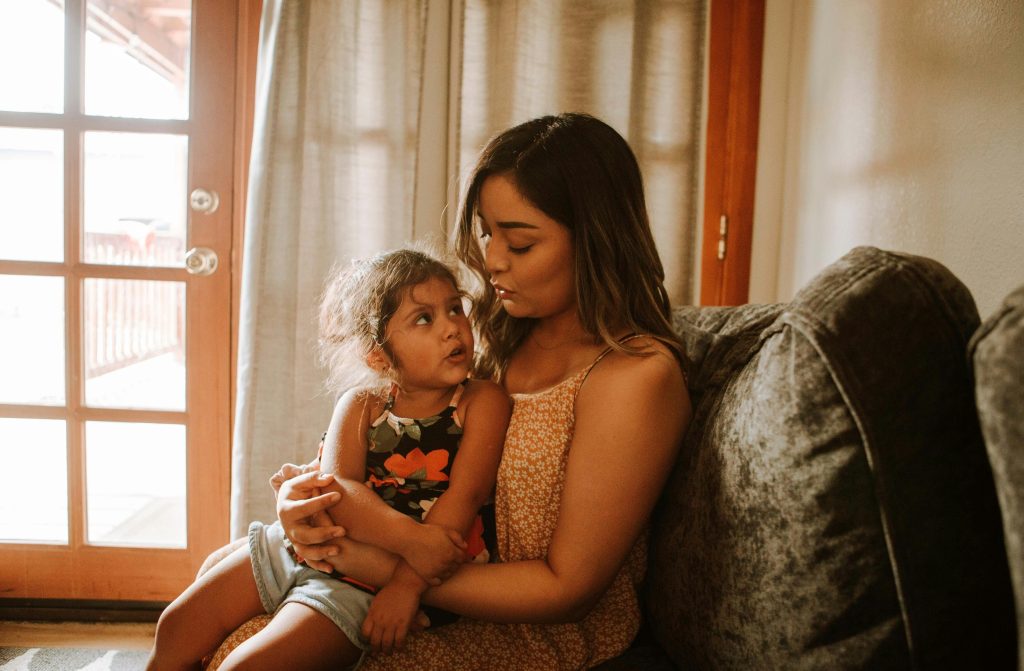Gentle Parenting: The Art of Raising Indian Kids with Whispers
Gentle Parenting: The Art of Raising Indian Kids with Whispers (and Occasional Screams)
Disclaimer: This article contains the unfiltered thoughts of a sleep-deprived parent who’s watched one too many “gentle parenting” reels. If you’re a die-hard gentle parenting enthusiast, you might want to grab a stress ball before reading further. Remember, opinions are like diapers – everyone has them, and they’re often full of… well, you know.
As the proud parent of a four-year-old tornado disguised as a boy, I’ve had my fair share of encounters with the latest parenting trend: gentle parenting. Now, don’t get me wrong, I’m all for being kind and understanding. But let’s face it, trying to apply gentle parenting techniques to Indian children is like trying to tame a lion with a feather – it’s cute in theory, but you might end up as dinner.
First, let’s address the elephant in the room (or should I say, the toddler throwing a tantrum in the middle of the living room). There’s a massive misconception about what gentle parenting actually means. Thanks to social media influencers, we’re led to believe that this style of parenting is all about never raising your voice, always being calm, and essentially turning yourself into a human doormat for your child to wipe their muddy feet on.
News flash: That’s not gentle parenting; that’s called being a pushover.

Gentle parenting, in reality, is about understanding your child’s emotions, setting boundaries, and guiding them with respect. It doesn’t mean you can’t discipline your child or that you should feel guilty for raising your voice when your little angel decides to paint the walls with your expensive face cream (true story, by the way).
Here’s where I think we’re getting it all wrong. In our attempt to be “gentle,” we’re confusing it with permissive parenting. Permissive parenting is like being a 24/7 yes-man to a tiny dictator. Gentle parenting, on the other hand, is more like being a firm but fair Supreme Court judge – you listen, you understand, but at the end of the day, you make the final call.
Now, let’s talk about the Indian context. We come from a culture where “spare the rod, spoil the child” isn’t just a saying; it’s practically a parenting manual. Switching to gentle parenting feels like trying to eat dal with chopsticks – it’s possible, but it’s going to be messy, and you’ll probably give up halfway.
Also read: What is the Role of Family in Child Development
In my house, gentle parenting often looks like this: I calmly explain to my son why he shouldn’t eat the dog’s food for the hundredth time. He looks at me, smiles angelically, and proceeds to shove a handful of kibble into his mouth. I take a deep breath, count to ten in Hindi (because let’s face it, counting in your mother tongue hits differently), and then… I yell. And you know what? That’s okay.
The key is balance. Yes, we should try to understand our children’s emotions and communicate effectively. But we shouldn’t feel guilty when we must put our foot down or raise our voices. After all, we’re parents, not zen masters.
So, to all my fellow Indian parents out there trying to navigate the choppy waters of gentle parenting, I say this: Do your best, love your kids, set boundaries, and don’t beat yourself up if you occasionally lose your cool. Remember, our parents yelled at us, and we turned out… well, let’s not go there. The point is, we survived, and so will our kids.
Now, if you’ll excuse me, I need to go explain to my son why we don’t use mom’s lipstick to give the cat a makeover. Wish me luck!





